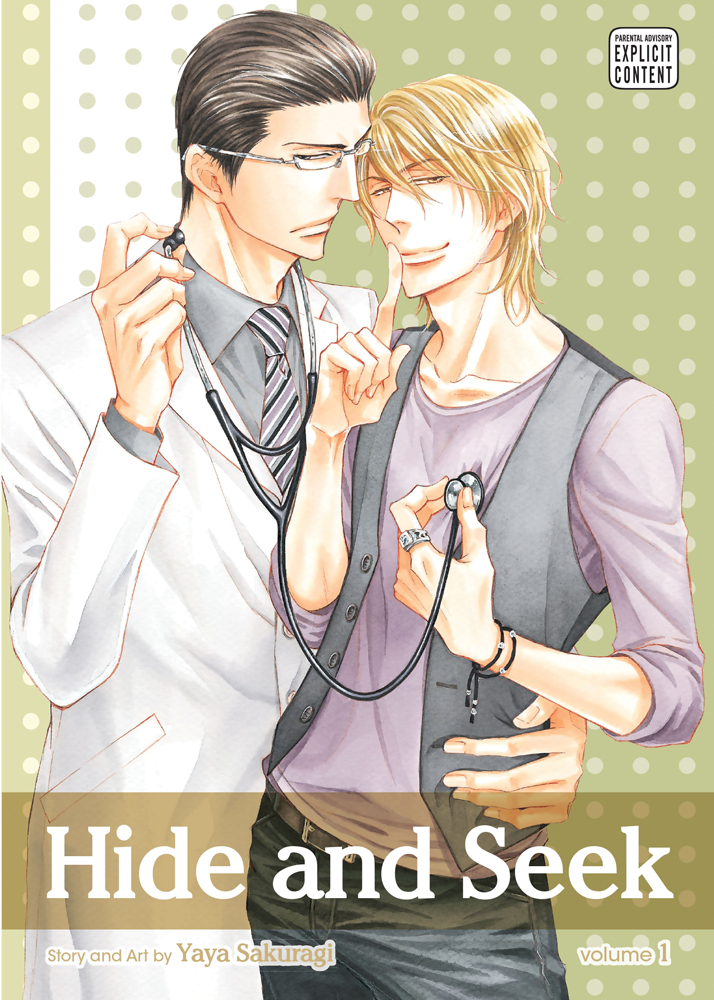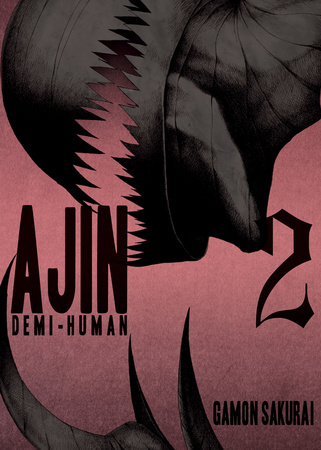Creator: Yaya Sakuragi U.S. publisher: Viz Media ISBN: 9781421555720 Released: July 2013 Original release: 2012 Ever since reading and enjoying Hey, Sensei?, my introduction to boys' love …
Manga Giveaway: UQ Holder! Giveaway
Despite being the shortest month of the year, for me February always seems to stretch on forever. With that in mind, I thought it oddly appropriate to offer for this month's giveaway a manga that …
Continue Reading about Manga Giveaway: UQ Holder! Giveaway →
My Week in Manga: February 16-February 22, 2015
My News and Reviews Happy (belated) Chinese New Year, everyone! It's already been a busy season for me with multiple lion dance and taiko performances for the lunar new year over the last few days …
Continue Reading about My Week in Manga: February 16-February 22, 2015 →
Ajin: Demi-Human, Volume 2
Creator: Gamon Sakurai U.S. publisher: Vertical ISBN: 9781939130853 Released: December 2014 Original release: 2013 I tend to enjoy darker-toned stories about immortals, so I wasn't particularly …
Henshin
Creator: J. M. Ken Niimura U.S. publisher: Image Comics ISBN: 9781632152428 Released: January 2015 Original release: 2014 J. M. Ken Niimura is probably best known for his collaboration as an …
My Week in Manga: February 9-February 15, 2015
My News and Reviews Last week was a two-review week here at Experiments in Manga. I read and loved Ellery Prime's Gauntlet, the first novel to have both started and finished in Sparkler Monthly. …
Continue Reading about My Week in Manga: February 9-February 15, 2015 →





